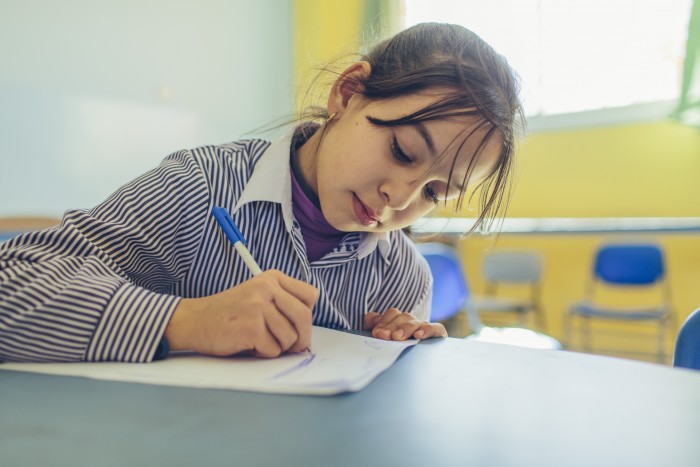Investments in Adolescent Girls Are Crucial, Businesses Have a Role in Fostering Their Growth

Photo Courtesy of USAID
Today the UN Population Fund (UNFPA) released the report, State of World Population 2016, an in-depth look at the support 10-year-old girls require from their communities, countries, and world to thrive in the 21st century. Without this support, UNFPA warns, the Sustainable Development Goals cannot be achieved by 2030, as adolescent girls today will be a critical demographic of the world‘s future leaders, innovators, professionals, and more.
10-year-old girls around the world, the report details, face significant barriers to opportunities for their growth: girls are less likely to enter school than boys, especially at the secondary level, have a one-in-three chance of marrying before the age of 18 if they live in the developing world, and are more likely to be engaged in child labour.
Though daunting, these barriers have spurred business into action, evidenced by GBC-Education members’ work with girls’ education.
From Reed Smith’s involvement in developing the world’s first ever Development Impact Bond (DIB) for girls’ education in Rajasthan, India, Standard Chartered’s Goal Programme to equip girls with life-skills training, Oando Foundation’s partnership with Theirworld to provide information communication technology to girls aged 8 years and older, to Microsoft’s International DigiGirlz High Tech Camp that gives girls the opportunity to learn about careers in tech, Coalition members have leveraged their core assets, expertise, leadership, and voice to support girls’ education.
Further, during the UN General Assembly in September, GBC-Education convened members for the annual Girls’ Education Task Force meeting to explore how can business can further enhance its engagement and investment in girls’ education around the world, such as targeting girls’ education as a focus area during times of crisis and emergency.
“Studies have identified about a 10 per cent increase in wages later in life per additional year of schooling, with evidence revealing slightly higher returns for women at 11.7 per cent,” UNFPA’s report notes. “The higher the level of education, the greater the return.”
By investing in girls’ education, businesses help to raise wages, support girls’ growth and empowerment, and foster the next generation of leaders in business, government, NGOs, and more.
How will your business help?
Join us in the effort to provide quality education to girls around the world by contacting us at [email protected].
